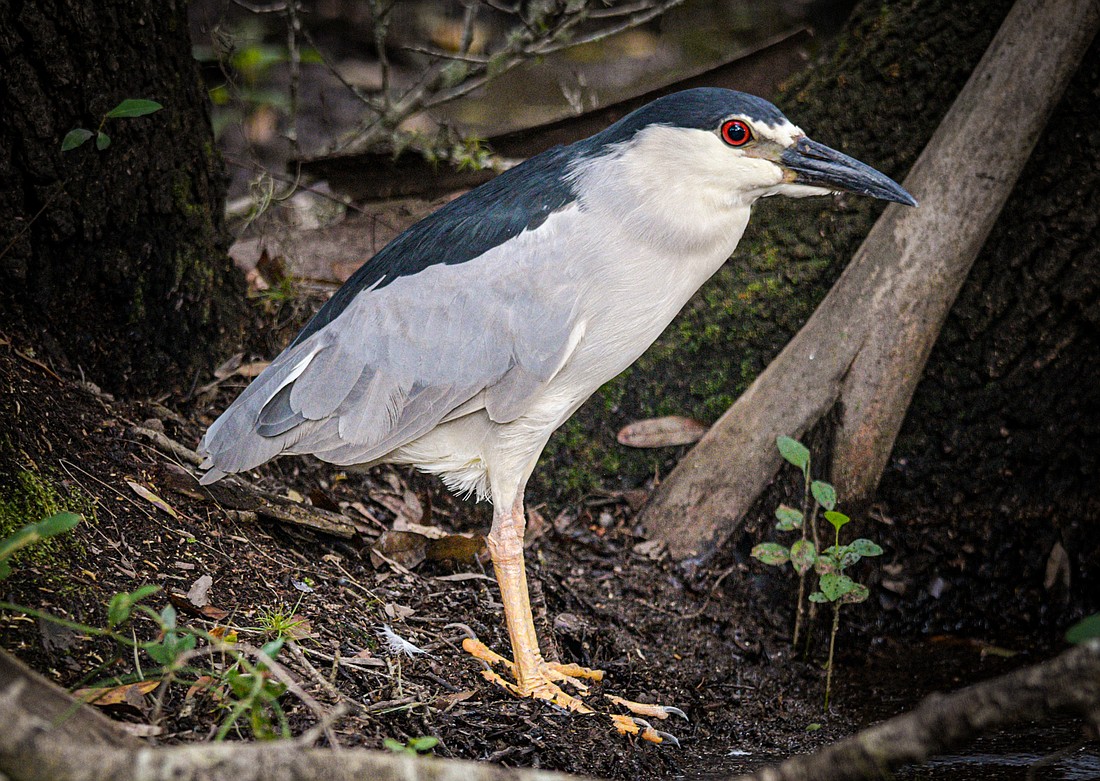- July 14, 2025
-
-
Loading

Loading

Most easily identified by their dramatic red eyes, and their black cap, black-crowned night-herons are the most infrequently seen heron in the world. Should you spot one of these elusive birds, you'll also note that, standing 2 feet tall, they are short, stocky and seemingly a bit lethargic. And, you might wonder why this heron is, in fact, not more frequently seen. The clue (and perhaps the reason why, when spotted during the day, they often look so very tired) is in their name: A nocturnal species, black-crowned night-herons are most active at night, dawn and dusk.
Unlike many other herons, night-herons have adapted to feed at night. This is advantageous for these smaller herons, as it limits potential conflict with larger day-feeding herons, such as great egrets and great blue herons, who would otherwise dominate when competing with them for their diet of mostly insects, frogs, and fish.
Night-heron adaptations to night-hunting include their huge, widely separated eyes, which are likely associated with superior visual ability over a range of natural light levels. And, with their striking plumage, light below from their prey's view and dark above from a predator or other heron’s view, is designed to keep them camouflaged at night. This type of coloration, known as countershading, allows an animal to more easily blend in with its surroundings.
Night-herons are a wetlands-dependent species. As they sleep during the day, they prefer habitats with dense waterside vegetation, which gives them plenty of protection from predators. Like all our wading birds, in addition to habitat loss, due to development of wetlands, threats to night-herons include water pollution and contamination of food sources.